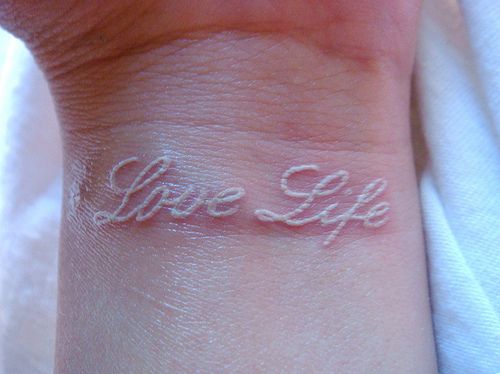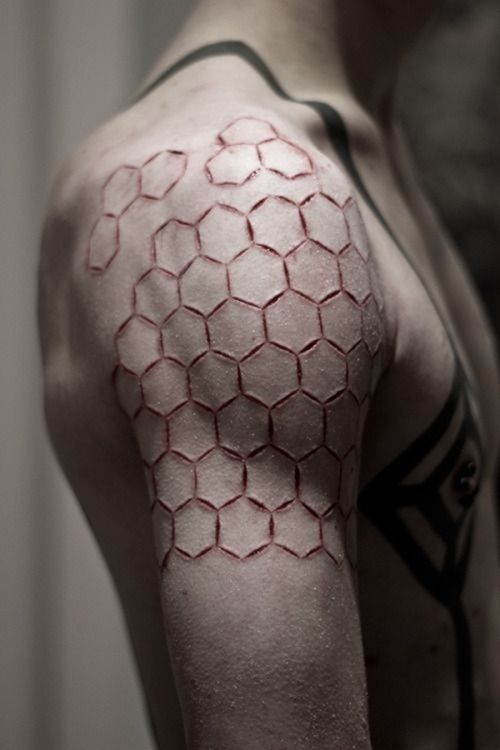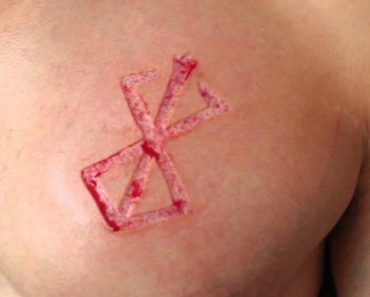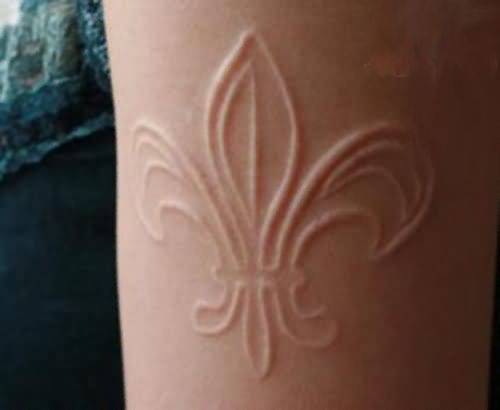It was only a matter of time until people got interested in the more traditional body modification arts. In the years following the popularity and acceptance of tattooing and piercing, it was almost inevitable that interest would grow in the more traditional body modification arts. It is an ancient body modification that has an interesting history and a pedigree that makes it more unusual than other types of modifications.
Injection scarification is a kind of alternative body modification method which allows people to inject a chemical substance underneath their skin to make a pattern. Thus in this article, we will discuss this method and make sure that you are made aware of what an injection method is. Read ahead and make sure to consult your doctor before going through any such procedure.
Types of Body Scarring
Contents (Click to Jump)
It can be traced back much further in human history than present-day scarification, the practice of leaving permanent marks on the body by scarring it on purpose. The practice of body modification was used in ancient rituals to transition from childhood to adulthood as well as to prove one’s beauty and status. Throughout history, the ability to endure the pain of a process was viewed as a sign of great physical strength and spiritual maturity. A warrior’s sacred scars identify him as a warrior of his tribe, and many bearers believed these markings would protect him during battle.
With the uproar of today’s body art – including piercing and tattooing – scarring is once again gaining popularity and used as a means of expression. Various options are available for people to select from when it comes to attaining certain body scars. Using the latest sterilization technology, good post-treatment instructions provide body art lovers reliable protection from infection, improper scarring, and pain.
Additional Methods
There are alternative methods of body scarification available to body art enthusiasts who like to push even further outside of the box. There are other ways to make your skin more unique through scarring, including:
- Tattoo Machine. In this method, the skin is etched or abraded using a sinless tattoo machine to form the pattern or design.
- Injection. The process involves injecting noxious chemicals near the skin’s surface to create a random pattern of scars.
- Abrasive. As part of the artistic process, the skin is ground away with a rotary tool to form precise patterns.
Scarification accomplished through noxious injections is known as injection scarification. As a form of scarification with extremely limited demand, injection scarification produces scars with a unique pattern. It’s a simple procedure — inject rubbing alcohol or other liquids under the skin and then watch it blister out. Although the outcome is unlikely to be controlled, there is an element of danger involved if proper precaution is not taken.
Scarification Reasons
Some view scarring as an art form while others see it as barbarism. It can be profoundly meaningful, both the practice and the result, for the person who chooses to become scarred.
The ultimate challenge
It is the ultimate challenge for those seeking to push themselves beyond limits to endure the pain caused by scarring. After an individual has passed through the veil of fear and pain, they often feel euphoric and invincible to the daily hardships of life. Compared to the challenging physical test that you just went through, what else could compare?
Memorial or Tribute
Some people choose to scar to memorialize a significant life event such as the birth or death of a loved one. Alternatively, some find scarring appealing and appreciate the artistry involved in creating these unique patterns on the skin. As an alternative to standard tattoos or as a complementary practice, it can have numerous benefits. With scarification, results are more visible on dark skin tones than with standard tattoo inks.
Scar Aftercare
Taking good care of wounded areas is very important after scarring. Taking proper care and disinfecting the area will reduce the chance of infection, and it will also help preserve the scars.
Here are some guidelines for post-operative aftercare:
Do:
- The area should be washed gently with antibacterial soap four to five times each day.
- Afterward, you can rinse with peroxide on the skin to kill germs and further irritate it, so good visible scars will form.
- Disposable paper towels should be used to dry the area.
- To treat the scars, apply petroleum jelly along the grooves rather than across their surface.
- Protect the area by bandaging and covering it.
Don’t:
- Rub your scars or scrub them. There will be less distinction in the pattern as a result of this blurring.
- The bandage should be left on throughout the day. You should instead use fresh bandages or cellophane after each washing.
About three weeks will pass before the area fully scabs over, and complete healing takes about five to six weeks.
Use Only Licensed Practitioners
The scarring process should only be undertaken by licensed professional body artists, who are generally found through your local tattoo parlor. Tattoos should be handled with the same level of sanitary care as hepatitis and HIV vaccinations to prevent the spread of blood-borne illnesses. It is important that all surfaces and all tools are freshly disinfected, as well as removed from their sealed autoclave bags. In addition to wearing gloves and a surgical mask during the procedure, the practitioner/artist should wash their hands thoroughly before starting.
Choosing to Scar
Scarring, regardless of the person’s reasons, is an intense experience that is not for the faint-hearted. If you can watch someone else being scarred first, you will be better prepared to cope with the experience yourself.








